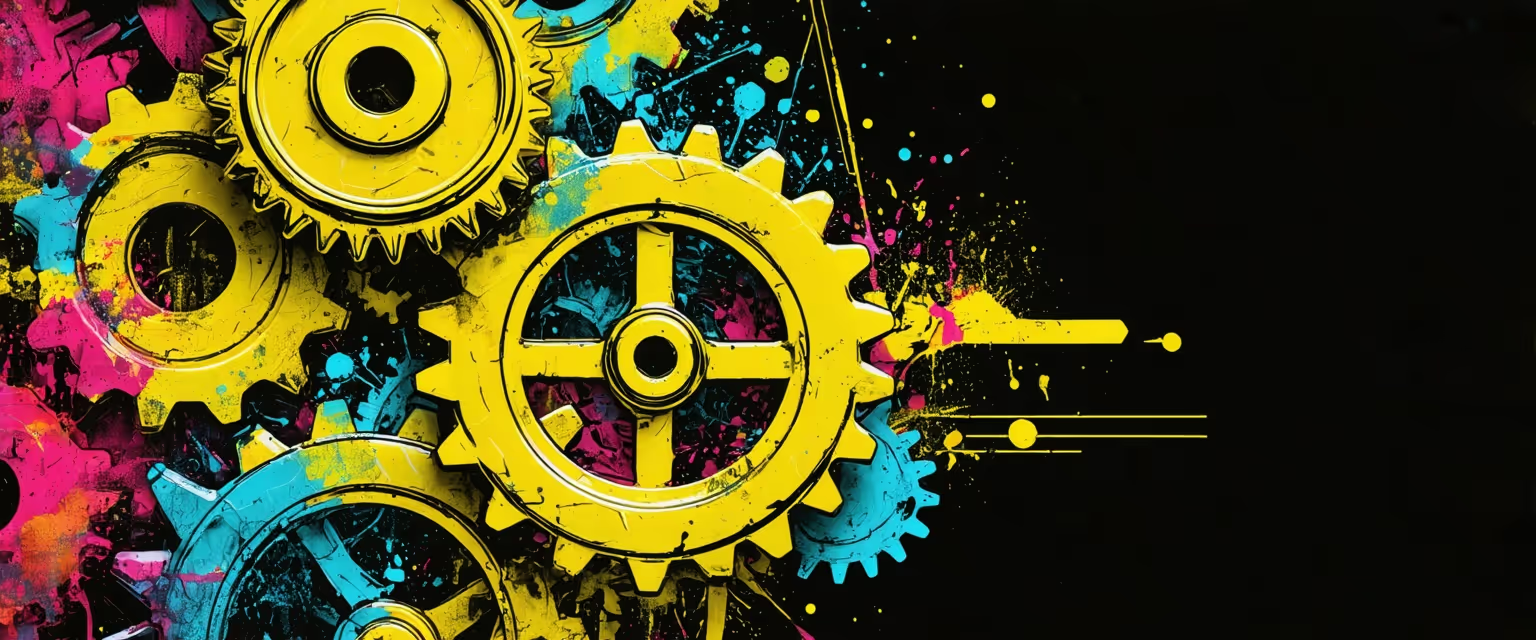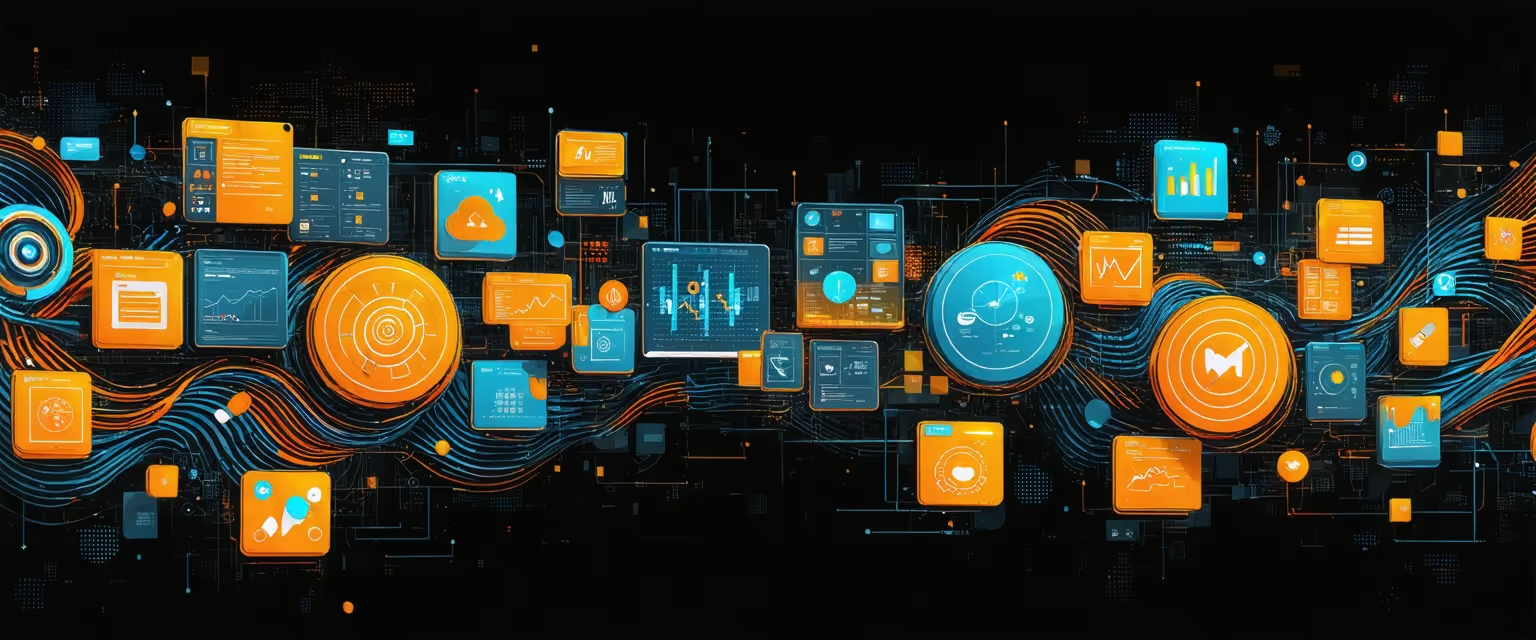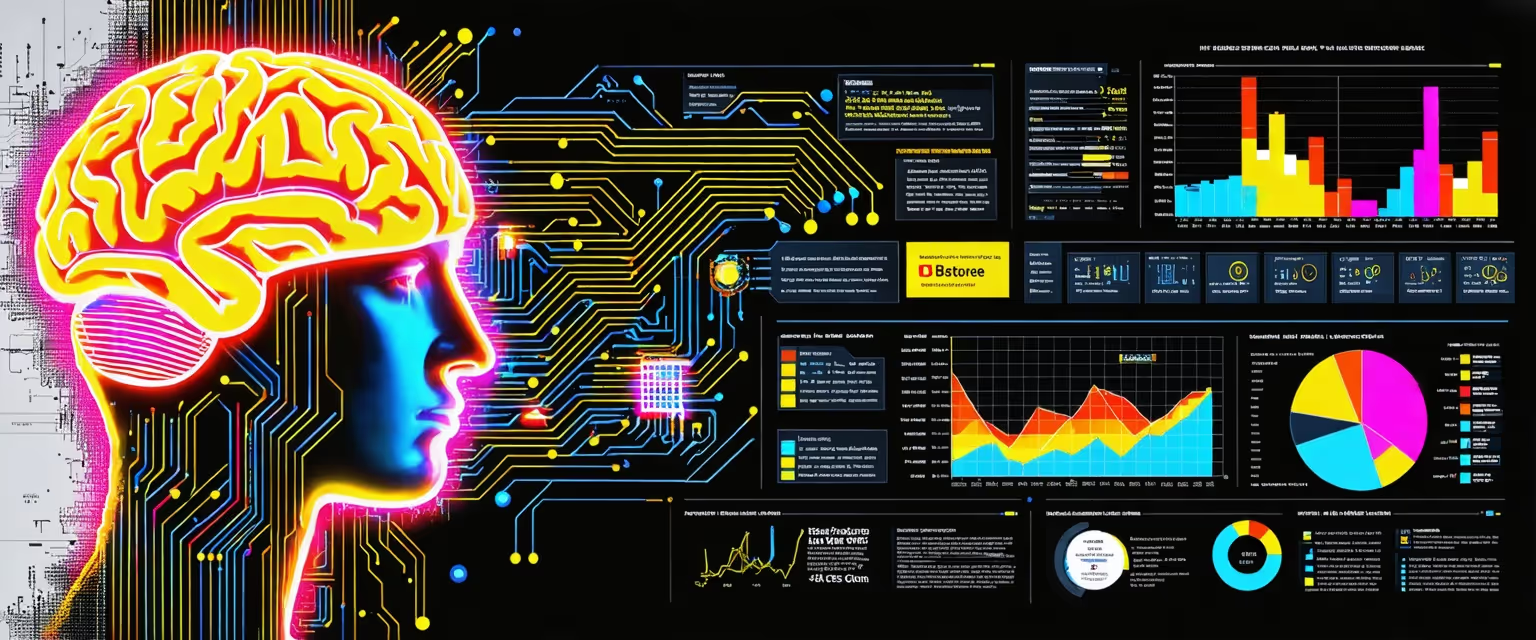All Posts
Construction - AI for Proposal & Vendor Management
Effortless Construction Management: Automate Subcontractor Tracking with AI

Discover how AI transforms subcontractor tracking. Streamline your construction projects, maintain schedules, and reduce costs efficiently. Learn more today!
Managing subcontractors effectively in construction projects is a significant challenge. Misaligned teams, miscommunication, and overlooked details can quickly lead to delays and budget overruns.
So, how can AI automate subcontractor performance tracking in construction to keep everyone on the same page, track performance accurately, and spot issues before they derail your project? Datagrid’s data connectors offer a solution. By unifying documentation and automating performance tracking with AI, they streamline critical processes, reduce stress, and enhance communication. Let's explore how leveraging Datagrid's data connectors can transform your subcontractor management and drive your projects toward success.
How AI Automates Subcontractor Performance Tracking in Construction
Managing subcontractors is vital to any construction project. You need skilled teams for specialized tasks, and it's your responsibility to ensure they're aligned with your objectives. It begins with a thorough bidding process—assessing qualifications, evaluating past performance, and being wary of unusually low bids that could hint at trouble later on.
Defining roles and contract terms clearly is also crucial. By outlining responsibilities, quality standards, and milestones upfront, you prevent future hassles. Regular checkpoints allow you to monitor progress without hovering, fostering trust while keeping the project on track. Adopting a "trust but verify" approach builds accountability, helping you meet deadlines and satisfy clients.
Importance of Accurate Tracking for Project Success
Accurate tracking keeps your projects on schedule and within budget. Relying on manual updates and scattered spreadsheets won't help you control overruns or avoid quality issues. Even if traditional methods seem simple, delays in data entry and communication gaps undermine efficiency and can lead to costly problems.
AI-driven tracking helps you avoid these issues. By automatically collecting and analyzing performance data, these tools offer real-time insights into subcontractor progress. Instead of waiting for problems to surface, you'll get alerts the moment something strays from the plan. This boosts efficiency and lets you deliver the results your clients expect without wasting time on missed deadlines or vague updates.
Role of AI in Automating Subcontractor Performance Tracking
Overview of AI Technologies in Construction
AI's role in construction goes beyond prototypes. From automating subcontractor performance tracking to enhancing project management, machine learning and predictive analytics help project managers identify bottlenecks early, avoid scheduling conflicts, and optimize resources. Advances in building information modeling (BIM) and Internet of Things (IoT) sensors have expanded real-time data collection, reducing the need for manual tracking.
Computer vision tools detect defects or hazards that might be overlooked, and predictive models analyze historical data to foresee where projects might veer off schedule. Additionally, AI can assist in generating reports and briefs, streamlining communication and documentation processes.
Specific AI Tools and Technologies
Platforms are transforming how subcontractor performance is managed. AI-powered systems combine computer vision and machine learning to automatically generate progress reports, enhancing oversight and decision-making.
BIM software integrated with AI provides real-time data on subcontractor output, alerting you when aspects of a build deviate from established metrics. Other AI solutions automate time tracking by analyzing on-site sensor data, ensuring proper payroll and contract compliance. By leveraging these technologies and utilizing customizable data integration, project leaders gain accurate, real-time data to keep subcontractor performance in check.
Benefits of AI Automation in Performance Tracking
Improved Accuracy and Efficiency
AI automation in performance tracking helps to reduce errors with AI and saves time spent on paperwork. By digitizing repetitive tasks and improving efficiency with AI, you minimize human oversights and allow your team to focus on strategic decisions.
When AI handles data collection and sorting, patterns and inefficiencies that are usually hidden become apparent. With consistent metrics and real-time insight into subcontractor progress, you can address minor issues before they escalate into major costs or delays.
Enhanced Decision-Making
Accurate data is only part of the advantage. AI's predictive capabilities allow you to forecast potential problems—whether it's a supply-chain hiccup, a labor shortage, or an impending weather delay.
You can adjust plans or allocate resources before challenges grow. Having a data-driven view of subcontractor performance leads to stronger decisions on everything from scheduling to cost control and can enhance team collaboration. Instead of guessing, you base your choices on solid insights, resulting in smoother projects and satisfied clients.
Challenges and Limitations of AI Implementation
Integration and Adaptation Issues
Integrating AI into construction workflows can be daunting. Many firms still rely on a mix of legacy systems, making it challenging to integrate AI solutions without disrupting daily operations. The construction sector often lags in adopting new technology, so organizations face compatibility issues, data silos, and a shortage of AI-savvy talent.
AI in data integration can help address compatibility issues and data silos, but organizations may still face a shortage of AI-savvy talent. Successfully implementing AI means coordinating software integrations, updating hardware, and bridging the skill gap—a significant challenge for an industry short on time and resources.
Legal and Ethical Considerations
AI brings legal and ethical considerations. Privacy laws like GDPR are crucial when systems collect and process sensitive worker or client data. Security breaches exposing personal information can lead to penalties and erode trust.
Liability becomes complex if an AI-driven recommendation results in on-site errors or safety hazards. Who's responsible—the developer, the manager, or the AI tool? Answers aren't always clear, so construction companies may need to revise contracts or oversight processes. Job displacement is another concern, especially in a global workforce. Balancing technological advancements with employment considerations highlights the need for thoughtful policies and reskilling programs.
How Agentic AI Simplifies Construction Task Automation
For construction managers handling large projects, Datagrid's data connectors and AI agents can ease the load. By connecting data between platforms like Procore, PlanGrid, or Autodesk BIM 360, you avoid manual entry and keep your team aligned. By automating RFPs and streamlining sales proposal creation, as well as submittals and change orders, you eliminate tedious administrative tasks and reduce the risk of miscommunication.
AI agents go further, enabling seamless task automation. They scan bid documents, match specifications with previous project data, and flag potential issues for a manager to review. They can track permits or check compliance status across local jurisdictions, turning bureaucratic tasks into quick checklists.
Datagrid extends beyond construction software. Its connectors link to Microsoft Project or Primavera P6 for real-time scheduling data and coordinate with accounting systems like Sage 300 or QuickBooks. Instead of switching between apps, your team accesses a central dashboard for everything—budget forecasts, resource allocation, safety alerts—all in one place.
Automating Time-Consuming Tasks
- Document Management: AI agents process incoming submittals, RFIs, and change orders, routing key details to the right team members and reducing bottlenecks. They can also automate PDF conversion, making it easier to manage and share documents.
- Safety Compliance: The system monitors incident reports and worker certifications. If something is missed, you receive an automatic alert.
- Progress Tracking: Daily logs, photos, and schedule updates merge into auto-generated progress reports. Potential delays are flagged before they affect the project's critical path.
- Communication: Slack and Microsoft Teams integrations improve collaboration by sending urgent messages to those who can address issues immediately, keeping communication swift and effective.
Using Datagrid’s data connectors and AI agents transforms how you manage tasks and data. You automate the tedious work—paperwork, switching systems, scattered updates—so you can focus on meeting deadlines, building client relationships, and growing your business.
Simplify Subcontractor Performance Tracking in Construction with Agentic AI
Ready to transform your project management with AI automation? Datagrid integrates with platforms like Procore, PlanGrid, and BIM 360, allowing you to automate everything from RFP analysis to cost tracking. It handles submittals, change orders, and real-time project insights, helping you keep schedules accurate and avoid surprises.
AI tools like Datagrid let you view progress and productivity in real time, bringing subcontractors, architects, and clients together under one digital roof through seamless data integration. That means quick resolutions and clear visibility at each project milestone. Want to see how AI automates subcontractor performance tracking in construction?











